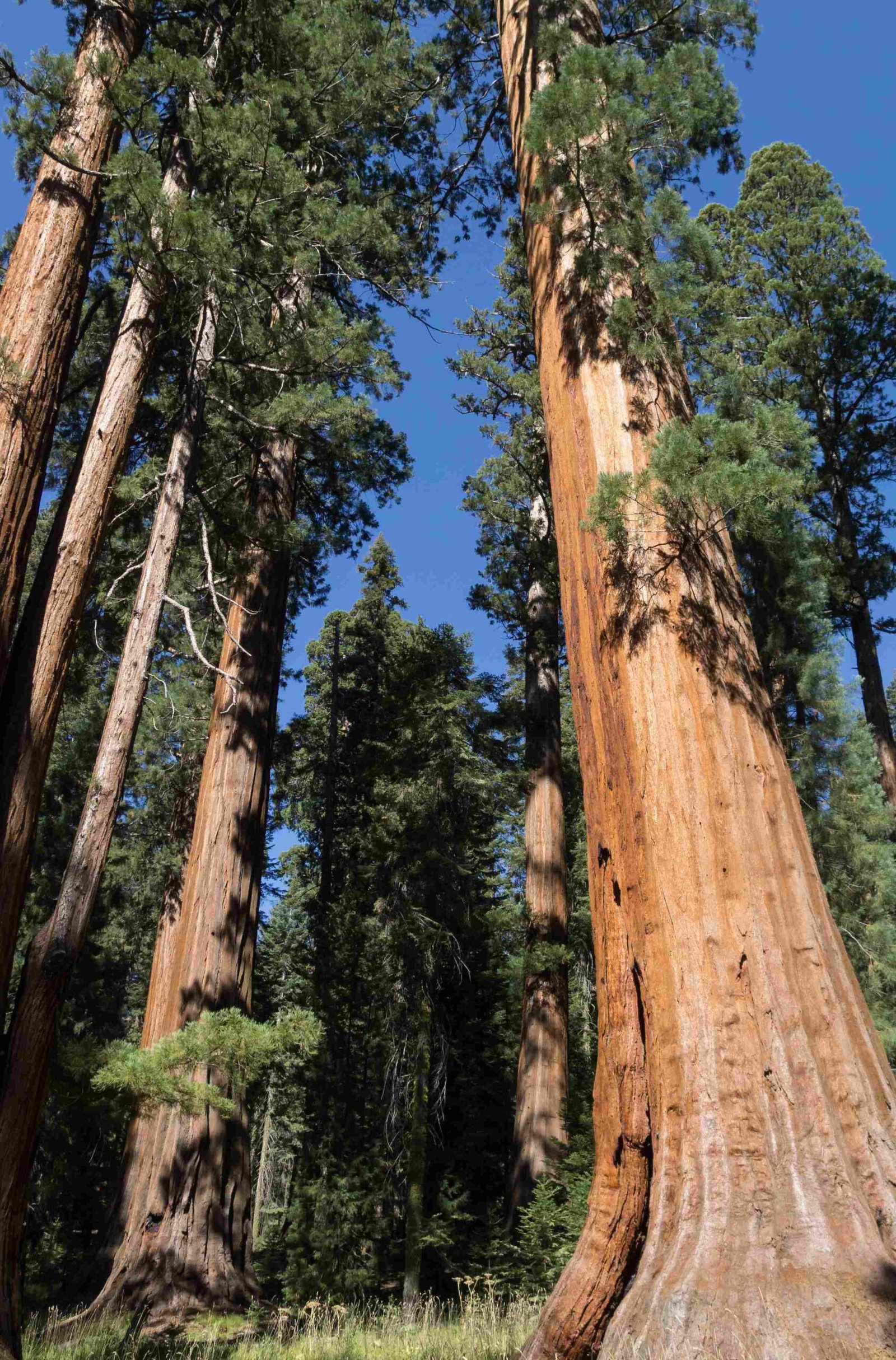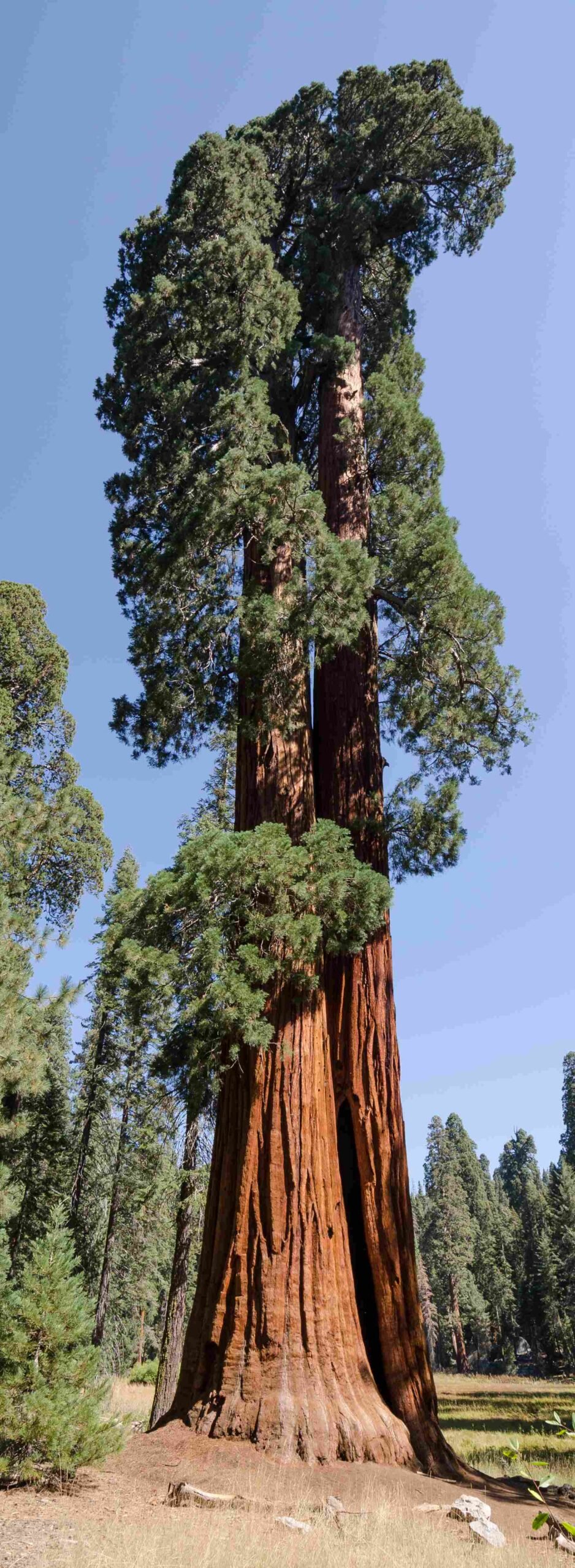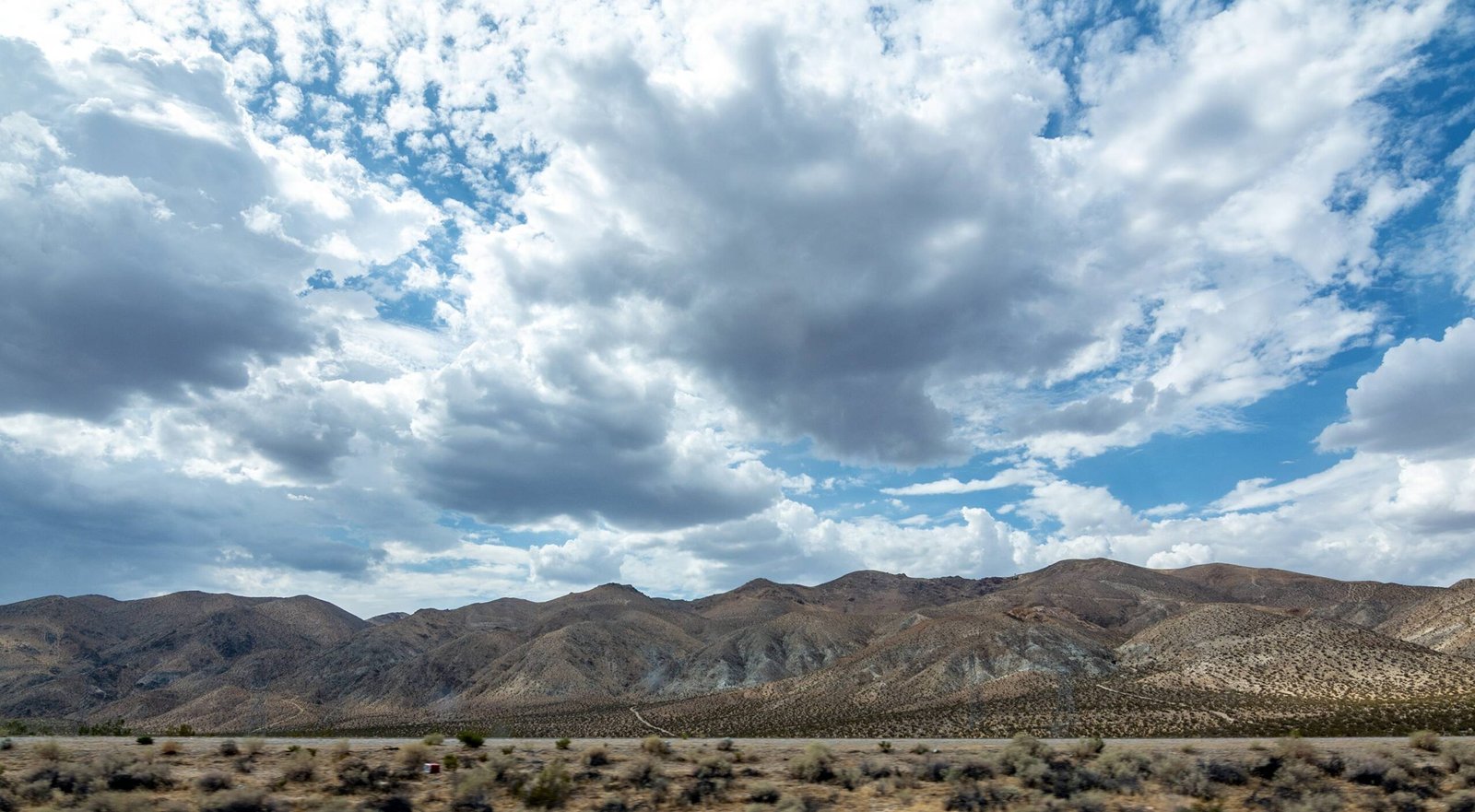Sequoia National Park is home to a thriving black bear population, making bear safety a crucial aspect of any visit. This comprehensive guide provides essential information on bear encounters, food storage regulations, and safety procedures in Sequoia National Park. By following these guidelines, visitors can enjoy a safe and memorable experience while respecting the park’s wildlife and natural environment.
What Are the Key Bear Safety Guidelines in Sequoia National Park?

Bear safety in Sequoia National Park revolves around three main principles:
- Proper food storage
- Maintaining a safe distance from bears
- Knowing how to react during a bear encounter
Let’s delve into each of these aspects in detail.
How Should Visitors Store Food to Prevent Bear Encounters?
Proper food storage is crucial for bear safety in Sequoia National Park. Here are the key regulations:
- Bear Canisters: Highly recommended and required in some areas. These must be approved containers listed on the Sierra Wilderness website.
- Placement: Store canisters at least 50 feet away from your campsite, on the ground (not hung from trees).
- Alternative Storage: If bear canisters are unavailable, use the counter-balance method or metal bear lockers if provided at the campsite.
- Vehicle Storage: When possible, store food in vehicles with windows rolled up and doors locked.
Table: Approved Food Storage Methods
| Method | Description | Effectiveness |
|---|---|---|
| Bear Canister | Portable, hard-sided container | Highly effective |
| Counter-balance | Hanging food between two trees | Less effective, allowed where canisters not required |
| Bear Lockers | Metal storage boxes at campsites | Very effective when available |
| Vehicle | Locked car with windows closed | Effective, but not always available |
What Is the Recommended Distance to Keep from Bears?
Maintaining a safe distance from bears is essential for both human and bear safety:
- Keep at least 50 feet or more away from bears
- If a bear is closer, back away slowly and sideways
- Never run from a bear, as this may trigger a chase response
- Make yourself look big by standing up straight and slowly waving your arms
How Should Visitors React During a Bear Encounter?

If you encounter a bear in Sequoia National Park, follow these step-by-step procedures:
- Stay Calm: Remain composed and speak in low tones to help both you and the bear stay calm.
- Identify Yourself: Make yourself look big and slowly wave your arms.
- Maintain Distance: Keep a safe distance and back away slowly if the bear is stationary.
- Protect Children: Immediately pick up small children to prevent them from being perceived as prey.
- Avoid Direct Contact: Never place yourself between a mother bear and her cubs.
What Should Visitors Do If a Bear Charges?
In the rare event of a bear charge:
- Stand your ground
- Do not run
- Prepare to use bear spray if available
- If contact occurs, play dead for a brown bear, but fight back for a black bear
What Are the Latest Bear Safety Tips for Sequoia National Park Visitors?
To ensure a safe visit to Sequoia National Park, follow these up-to-date bear safety tips:
- Hike in Groups: Travel with others and make noise while hiking to alert bears of your presence.
- Be Alert: Watch for signs of bear activity, such as tracks, scat, or claw marks on trees.
- Carry Bear Spray: Know how to use it properly and keep it easily accessible.
- Avoid Peak Times: Bears are most active at dawn and dusk; plan your activities accordingly.
- Leave No Trace: Properly dispose of all trash and food scraps to avoid attracting bears.
How Can Visitors Stay Informed About Bear Activity in the Park?
Stay updated on bear activity and safety information:
- Check with visitor centers or backcountry offices for the latest updates
- Review park websites and social media channels for current information
- Attend ranger-led programs on bear safety when available
What Are the Consequences of Improper Bear Management?
Improper bear management can have serious consequences:
- In 2010, four bears had to be euthanized due to habituation and aggressive behavior
- Bears that obtain human food often become repeat offenders, leading to dangerous situations
- Habituated bears may need to be relocated or euthanized, impacting the park’s ecosystem
How Can Visitors Contribute to Bear Conservation in Sequoia National Park?
Visitors play a crucial role in bear conservation:
- Follow all food storage regulations strictly
- Report any bear sightings or incidents to park rangers immediately
- Educate fellow visitors about proper bear safety practices
- Support park conservation efforts through donations or volunteer work
By adhering to these guidelines and staying informed, visitors can enjoy a safe and responsible experience in Sequoia National Park while helping to protect its magnificent bear population for future generations.
References:
1. Staying Safe Around Bears – U.S. National Park Service
2. Sequoia National Forest: Bears – USDA Forest Service
3. Black Bears – Sequoia & Kings Canyon National Parks – U.S. National Park Service

